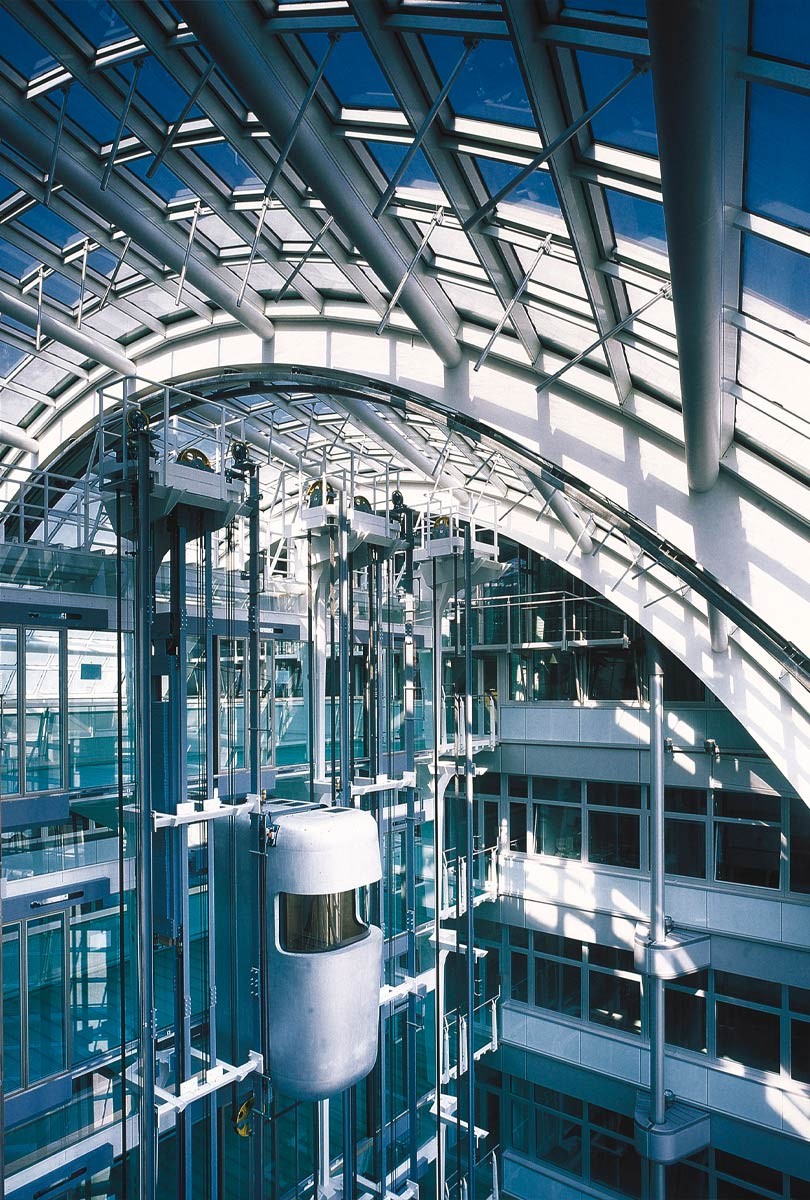Stainless steel (INOX): a material with perspective
The patenting of the first rust-resistant steel at the beginning of the previous century marked the dawn of the enduring success of this new material. There has been a strong focus on developing corrosion-resistant steels over the past hundred years. This is because iron and steel gradually erode as they rust, which can negatively impact companies' finances.
In this article, we have compiled our wealth of experience and up-to-date expertise in the special stock removal and performance characteristics of working on stainless steel (INOX), i.e. rust- and acid-resistant steels.


An overview of stainless steel (INOX)
Stainless steel (INOX) impresses thanks to its
- corrosion resistance
- toughness
- high mechanical-stress resistance
- durability
- excellent workability
- economic value
- and unique appearance.
Stainless steel (INOX) is considered a “steel for high demands”, as it can be finished in all manner of ways: ground, brushed, polished to a high gloss, matt blasted, embossed, perforated, pattern rolled or shaped into sections (optionally in colour).
Why do we use the terms stainless steel (INOX) or rust-resistant/acid-resistant steel?
Stainless steel (INOX), rust-free stainless steel, V2A, V4A and non-rusting steel are all colloquial terms for a group of rust-resistant and acid-resistant steels that are characterised by their resistance to corrosion, their durability and their low maintenance quality.
PFERD TOOLS has followed suit and in this article uses the terms stainless steel (INOX) or rust-resistant and acid-resistant steels.
What are rust-resistant and acid-resistant steels?
Steels become rust-resistant and acid-resistant when the level of chromium in the alloy is at least 10.5%. This causes a chromium oxide protective layer (sometimes called passive surface layer) to form on the surface, which protects the steel against corrosion. Increasing the level of chromium or other elements in the alloy increases the corrosion resistance of the steel.
For what kind of applications can you use rust-resistant and acid-resistant steels?
Rust-resistant and acid-resistant steels can be used for all manner of applications, as they are high-quality materials with excellent properties:
- In the chemical and petrochemical industry
- For making equipment and fittings for the food and beverage industry
- In machine and plant construction (e.g. for making pulp and paper)
- In an architectural context (e.g. for building façades and railings)
- In plant engineering for power stations
- For pump and turbine construction
- In shipbuilding (pipelines, containers) and in marine technology
- In steelwork and machine building
- In equipment manufacturing (e.g. heat exchangers)
